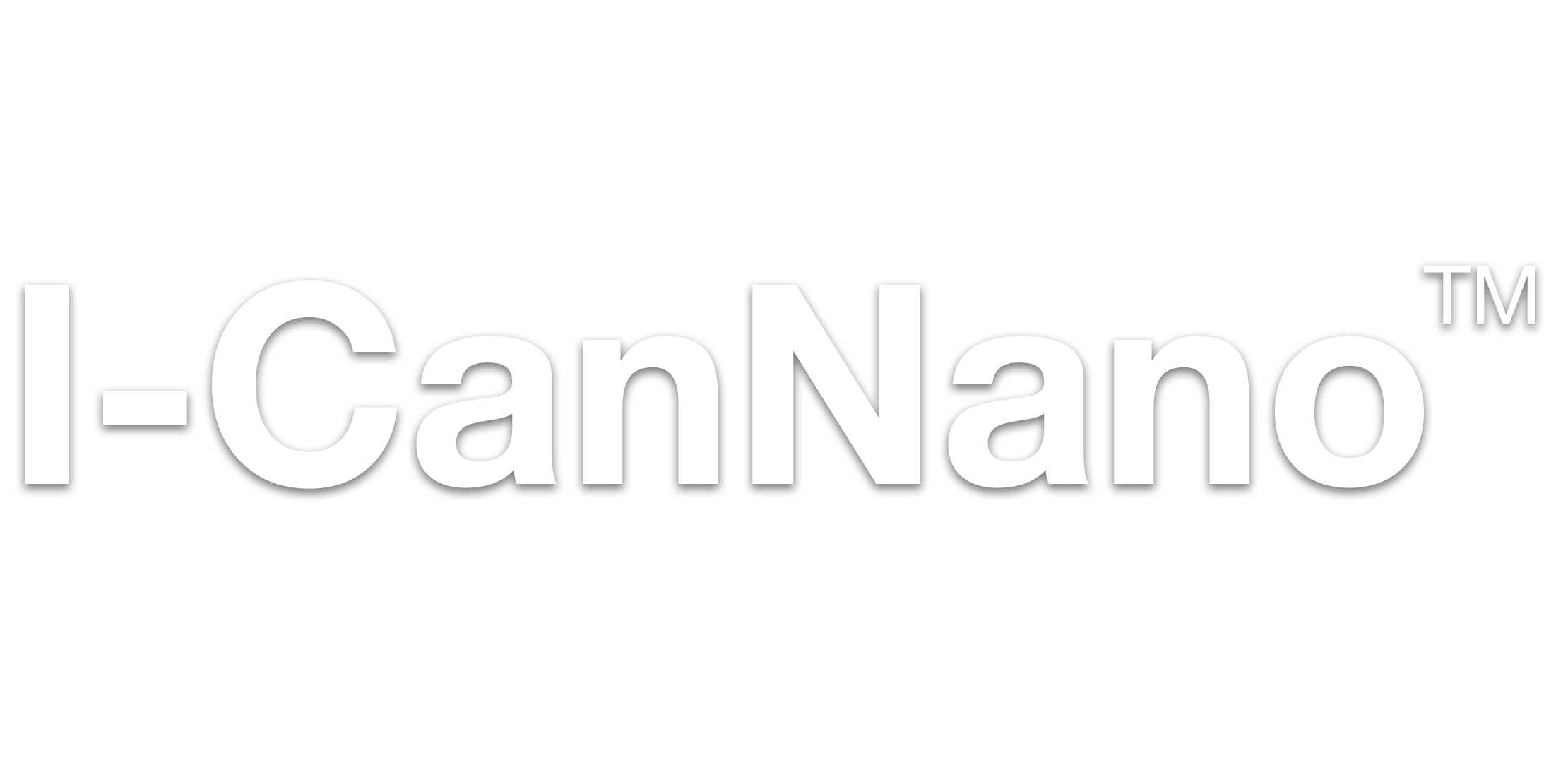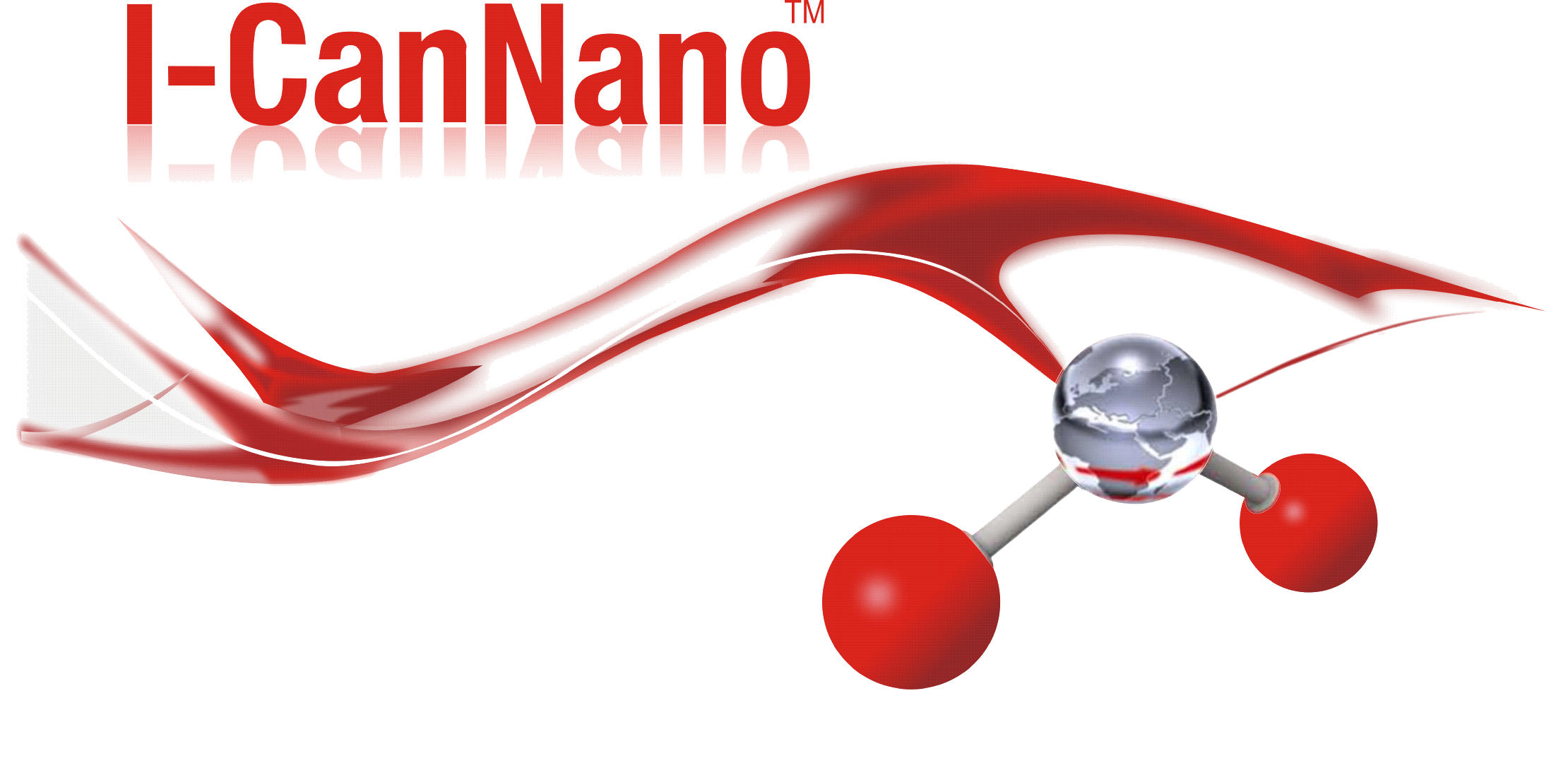
Are you getting the highest levels of respiratory protection that are currently available today?
Our safety industry is in a transitional period as nanotechnology has created higher levels of respiratory protection. Traditionally, respirators have relied on filter media to block or trap airborne particles. The size of these airborne particles is typically measured in microns (μm), each of which is one millionth of a meter. A single strand of human hair is about 100 μm wide.
If you work in an environment that has dust, chemical fumes, aerosols, or oils, you are primarily concerned with preventing the inhalation of harmful substances — not cross contamination of viruses or bacteria between individuals when you remove your mask, then shake hands with a co-worker or touch the handle of the break room door.
With the emergence of the H1N1 virus on a global scale last year, the general public became more informed about prevention, as well as containment strategies. Because of this greater awareness, respiratory protection has been discussed at great lengths: What type of mask should I wear? Should it be NIOSH certified or FDA or CE approved? Would a product with a valve offer more or less protection? Will a nuisance mask protect against H1N1? What would offer the highest level of protection?
When H1N1 flu came, it forced people to learn about it, learn how to prevent its spread, and learn how to contain it. Everyone in the United States can say they know someone — a relative, a friend, a relative's or friend's child — who has had swine flu in the past year. So it has hit much closer to home for the U.S. population.
Enter the science of nanotechnology. How large is a nanometer? By definition, nanotechnology deals with structures of the size 100 nanometers or smaller and involves developing materials or devices within that size. A nanometer is a unit of length in the metric system equal to one billionth of a meter. A single sheet of paper is about 100,000 nanometers thick.
Nanotechology is revolutionizing today's products, along with tomorrow's. This is not a passing fad or buzzword that will soon disappear. Our own government feels so strongly about the future of nanotech that it has created the National Nanotechnology Initiative, which provides a multi-agency framework to ensure U.S. leadership in nanotechnology that will be essential to improved human health, economic well-being, and national security. The NNI has a 2010 budget of $1.6 billion.
Nano Products
What are some products that utilize nanotech that are currently available? The list includes stain-resistant clothing, coatings on eyeglasses to keep the lenses from scratching and make them easier to clean, lighter baseball bats and tennis rackets, and almost all electronic devices manufactured in the last decade. All use some nanomaterials, according to NNI.
Where will we see nanotech in the future? Keep an eye on solar panels, fuel cells, batteries, environmental waste cleanup, drinking water purification, and medicines. Nanotech will make tomorrow's products lighter, stronger, more precise, and more environmentally friendly.
Now, we'll return to respirators. Traditional respirators do a great job of filtering. In an industrial application where you're dealing with dust, oils, or aerosols, nanotechnology is not so much needed because your concern is blocking those particles — you are not concerned about transfer of any type of harmful viruses or bacteria. So from an industrial side, microtechnology works great.
But when you're looking for the next stage or the evolution of respiratory protection, you're looking for not only what blocks or filters those contaminants, but also what kills the particles that are blocked on the face of that mask. Respirators that utilize nanotech provide this level of protection, one that has not been offered previously.
Using nanotechnology first developed by NASA, the protective mask utilizes a proprietary nanocoating technology on the outermost layer that not only traps viruses, bacteria, and fungi, but also effectively breaks them down on the cellular level, rendering them harmless.
Independent laboratory test results confirm the antimicrobial properties of the mask are significantly effective in neutralizing the common cold, tuberculosis, MRSA, and H5N1 avian flu, which is more deadly than the current H1N1 virus strain. The mask goes beyond filtration by neutralizing and destroying these microbes, making them harmless to the environment and breaking the transmission cycle.
This new level of respiratory protection incorporating nanotechnology has been presented to a worldwide audience, including:
- World Health Organization (Geneva, Switzerland, 2007)
- NIOSH (Pennsylvania, 2008)
- Food and Drug Administration (Maryland, 2008)
- International Air Travel Association (Montreal, 2008)
- International Red Cross (Spain, 2008)
- U.S. Pandemic Committee, HHS (Washington, D.C., 2009)
- U.S. Department of Homeland Security (Washington, D.C., 2009)
- U.S. Department of Defense (Washington, D.C., 2009)
Tommy Thompson, former U.S. secretary of Health and Human Services in Washington, endorses the mask, which offers bi-directional protection with seven-layer construction (versus the three-layer industry standard for respirators), including an active charcoal filter that disables viruses at the cellular level, repels airborne moisture, and filters fine particles, blood, bacteria, and viruses. The mask also offers two-way protection, both for the wearer who might be infected and thus containing a virus so the family is not infected and for co-workers protecting themselves from an infected individual. Bi-directional protection shields the wearer from contracting or spreading a virus up to 24 hours, which is extremely valuable during a pandemic situation.
As HHS secretary, "my focus then was on pharmaceuticals interventions, as well," Thompson said. "But with better understanding of proper respirator use and the correct way to use them, coupled with technological advances, respirators should now be considered as a first line of defense to reduce infection transmission against airborne diseases such as the flu pandemic, complimenting pharmaceuticals intervention."
Next Steps
To date, neither NIOSH nor the FDA has established a test predicate for respirators with nanotechnology, despite the evidence of higher levels of protection. However, test predicates may be on the drawing board for both of them. Items with nanotechnology are on the agenda for the next meeting of the International Safety Equipment Association's Respiratory Protection product group; that meeting will take place in early 2010.
For the future, the best thing is that people are more educated. Hand sanitizers and other sanitary methods are important, but respiratory protection will remain a very important piece of the puzzle. If the swine flu and avian flu mix and mutate, creating something that's easily transferred from person to person and has the deadliness of the avian flu, we have a real problem. Respiratory protection will be increasingly needed in the future as more and more of these mutations occur.
The bottom line is, there are greater protection levels available now than were available in the past. We need to be looking at how we can make those safe and afford users the higher level of protection.
Nanotechnology has grown faster than current test methods to endorse these new capabilities, such as neutralizing and killing bacteria. Nanotechnology will continue changing the performance level of products for years to come.



